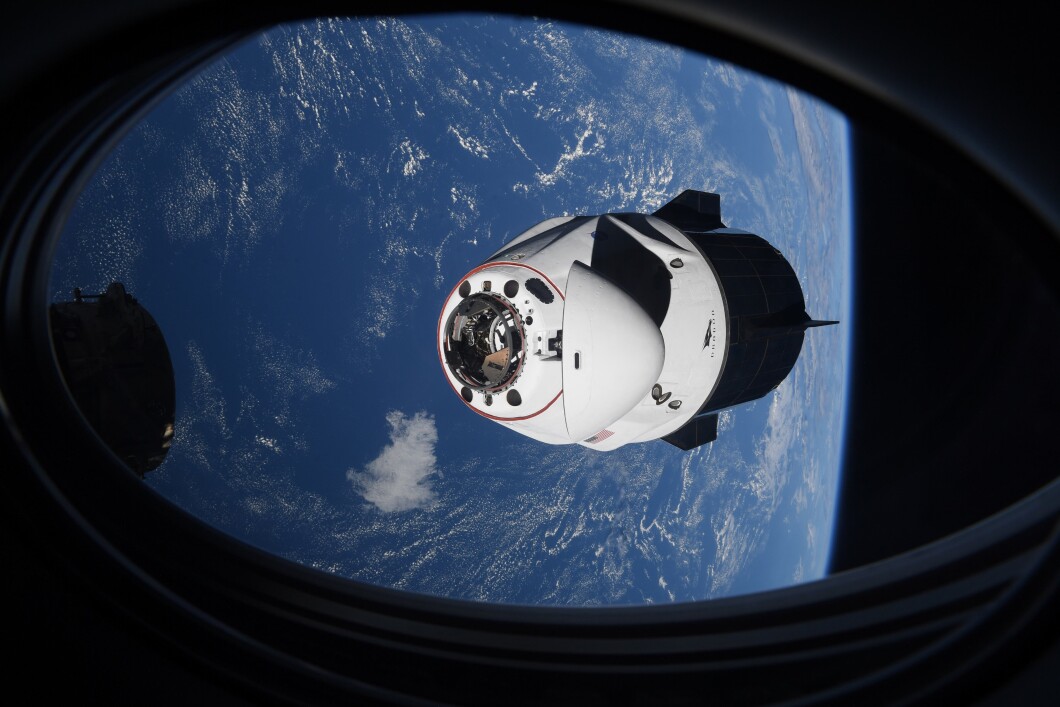
A growing amount of space junk threatens to jeopardize all future space travel, and the problem is only set to worsen.
Space junk is debris left behind by spacecraft, usually from satellites that are abandoned following the end of their use, parts of rocket accelerators, and other bits of spacecraft cast off. The amount of space junk has grown exponentially since humanity’s entry into space, and it now threatens to endanger the lives of those in space and on Earth. While the problem has long been known to scientists, the danger has expanded enough to draw the attention of lawmakers as well.
NOVEMBER TO REMEMBER: YOUNGKIN BETS 15-WEEK ABORTION CAP WILL DELIVER 2023 GOP TAKEOVER
Space junk “was always a theoretical concern, and now we’re faced with the actuality,” the Secure World Foundation’s Victoria Samson told Axios. “Unfortunately, policy oftentimes is beaten by technology, which doesn’t always lead to good policy as it tries to play catch up.”
“The question is: How do you update the governance to really reflect the space environment as it currently exists?” she continued.
The Federal Aviation Administration, which has jurisdiction over space, recently proposed its first rule regarding space junk, aiming to limit the growth of new orbital debris.

The rule would require space companies to dispose of space debris through five different methods: by conducting a controlled reentry, moving the upper stage to a less congested storage or graveyard orbit, sending the upper stage on an Earth-escape orbit, retrieving the upper stage (called active debris removal) within five years, or performing an uncontrolled atmospheric disposal.
“The upper stage provides the in-space propulsion” for NASA rockets, according to the space agency.
“By strictly limiting the uncontrolled reentry of upper stages, the FAA seeks to mitigate the risk to people on the ground and in flight due to its significant size and mass and the uncertainty of where it will land,” the FAA said in a statement. “The proposed rule also would align commercial space orbital debris mitigation practices with those accepted by the U.S. government for its space missions.”
The Federal Communications Commission is also moving to regulate space junk, and it issued a first-ever fine earlier this month against a company that didn’t properly dispose of its satellite. The $150,000 fine was given to the satellite television provider Dish.
“As satellite operations become more prevalent and the space economy accelerates, we must be certain that operators comply with their commitments,” FCC Enforcement Bureau Chief Loyaan A. Egal said in a statement. “This is a breakthrough settlement, making very clear the FCC has strong enforcement authority and capability to enforce its vitally important space debris rules.”
CLICK HERE TO READ MORE FROM THE WASHINGTON EXAMINER
A more concentrated effort is needed to begin a serious move toward cleaning up the massive amount of debris already in space. However, these efforts run into major problems when the issue of funding is taken into account.
“Who pays for the cleanup? That’s always been the dirty little secret of debris removal … that there’s just no business case for that in low Earth orbit,” Samson told Axios.





